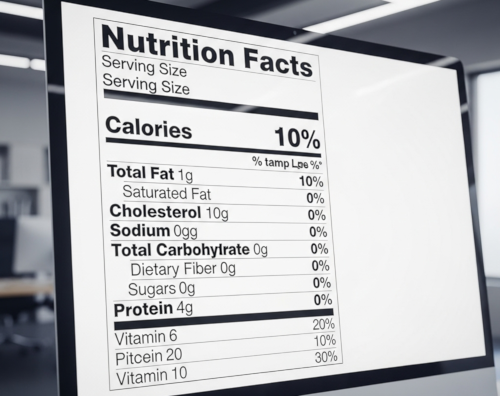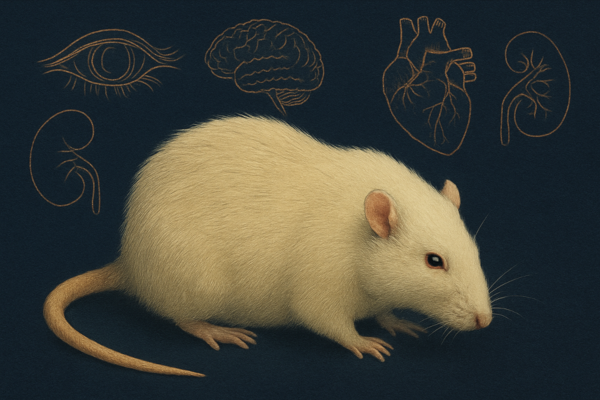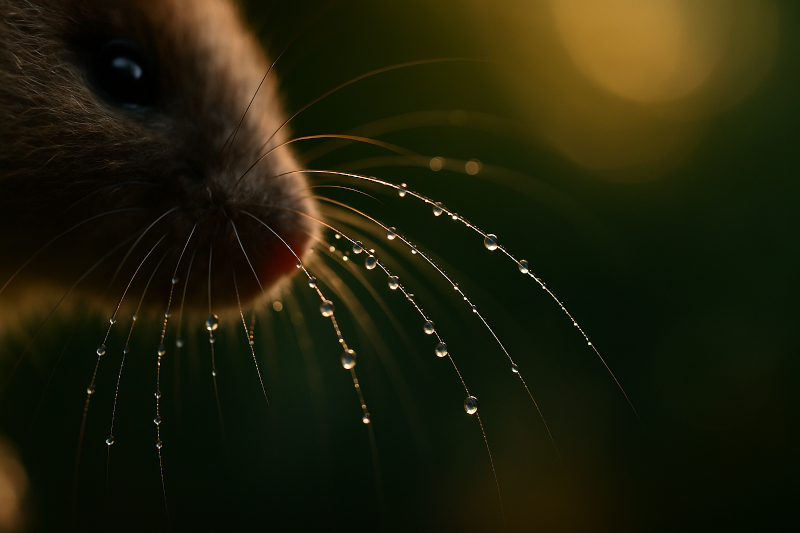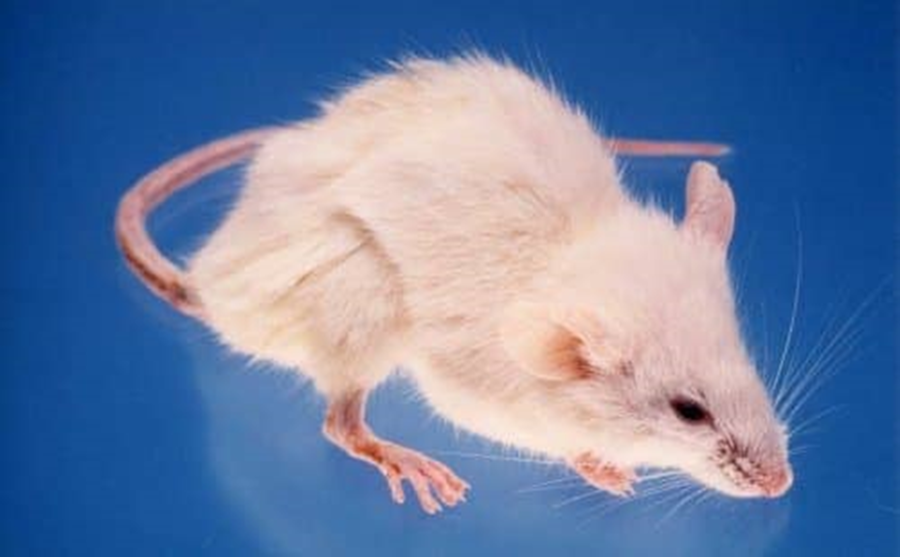
Introduction
CLEA Japan offers the NOD/ShiJic-scid mouse, a valuable model mouse for cancer research and immunology research involving xenotransplantation.
Features
- Insulin-dependent diabetes occurs spontaneously by destruction of the beta-cells due to infiltration of lymphocytes into the islets of Langerhans of the pancreas (inflammation of islets of Langerhans). The incidence shows a clear sex difference, i.e., 70 to 80% in females and 20 to 30% in males cumulatively up to 30 weeks after birth. The onset of islet inflammation is dependent on the inherited major histocompatibility antigen (M.HC) and several related genes are dominant. This is a so-called polygenic model. Since onset of diabetes is not observed in homozygotes with the nu gene inserted into the NOD mouse, this is considered to be a T-cell dependent autoimmune disease', and these mice arc used in elucidation of the mechanism of onset of type 1 diabetes and research and development on gene therapy.
Background
In 1974, Tochino, Making, et al. found a female showing overeating, pollakiuria and strongly positive urinary glucose among cataract mice (CTS strain) derived from ICR-JCL mice. Since the symptoms resemble those of human type 1 diabetes (insulin-dependent diabetes), these mice were called non-obese diabetic (NOD) mice' In 1984, a contract was concluded between Shionogi and Co., Ltd., Central Institute for Experimental Animals (CIEA) and CLEA Japan, Inc. CIEA started production and CLEA Japan supply of the animals. Shi shows that the mice originated from Shionogi and Jic that they are produced by CIEA.
Maintenance and production method
The breeding stock of the NOD/Shi Jic mice is maintained in the Aburahi Laboratories of Shionogi and Co., Ltd., and the maintenance and reproduction colonies in plastic isolators at CIEA. The pro-duction system is the same as that for ordinary inbred strains. However, since the production results are markedly reduced from the second litter due to the onset of diabetes, it is necessary to keep supplementing young darns. Radiation (30 kGy) sterilized CA- I diet. and autoclaved sterile water are provided ad libitum.
Body weight curves
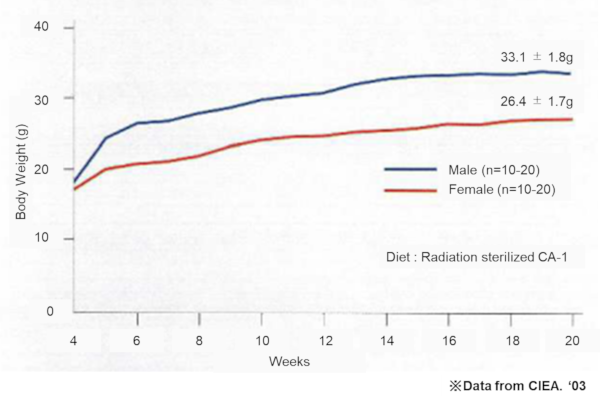
Blood glucose level
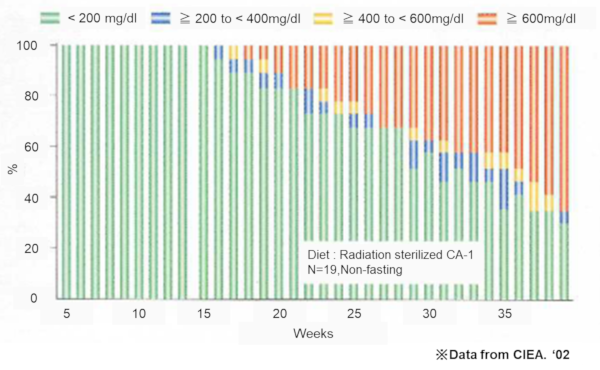
Urinary glucose positive rate
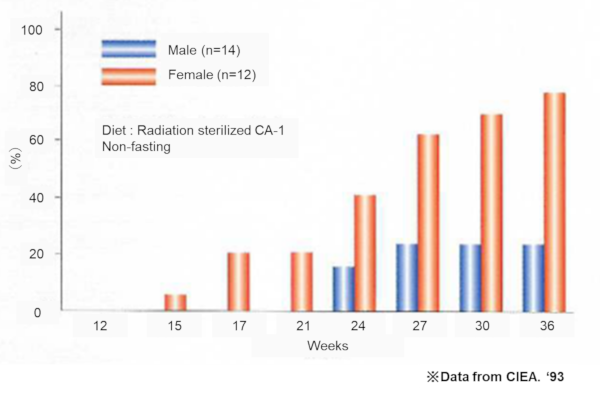
Blood chemistry
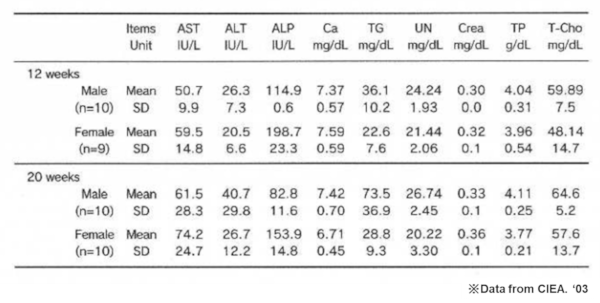
Hematology
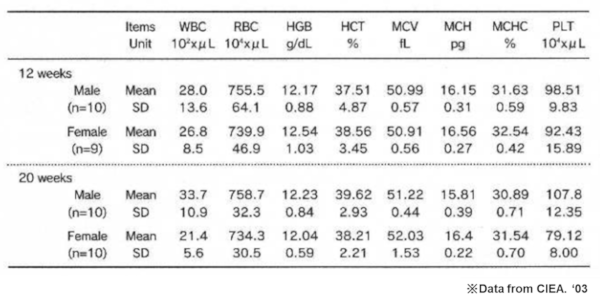
References
1) Makino. S, K. Kunimoto, Y. Muraoka, Y. Mizushima, K. Katagiri, and Y. Tochino. 1980. Breeding of a non-obese, diabetic strain of mice, Exp. Anini. 29(1): I - I 3.
https://pubmed.ncbi.nlm.nih.gov/6995140/
2) Makino, S, M. Harada, Y. Kishimoto, and Y. Hayashi. 1986. Absence of insulitis and overt diabetes in athymic nude mice, with NOD genetic background. Exp. Anim. 35(4):495-498.
https://pubmed.ncbi.nlm.nih.gov/3542537/
Inquiry
If you have any question, please feel free to contact us from below.

